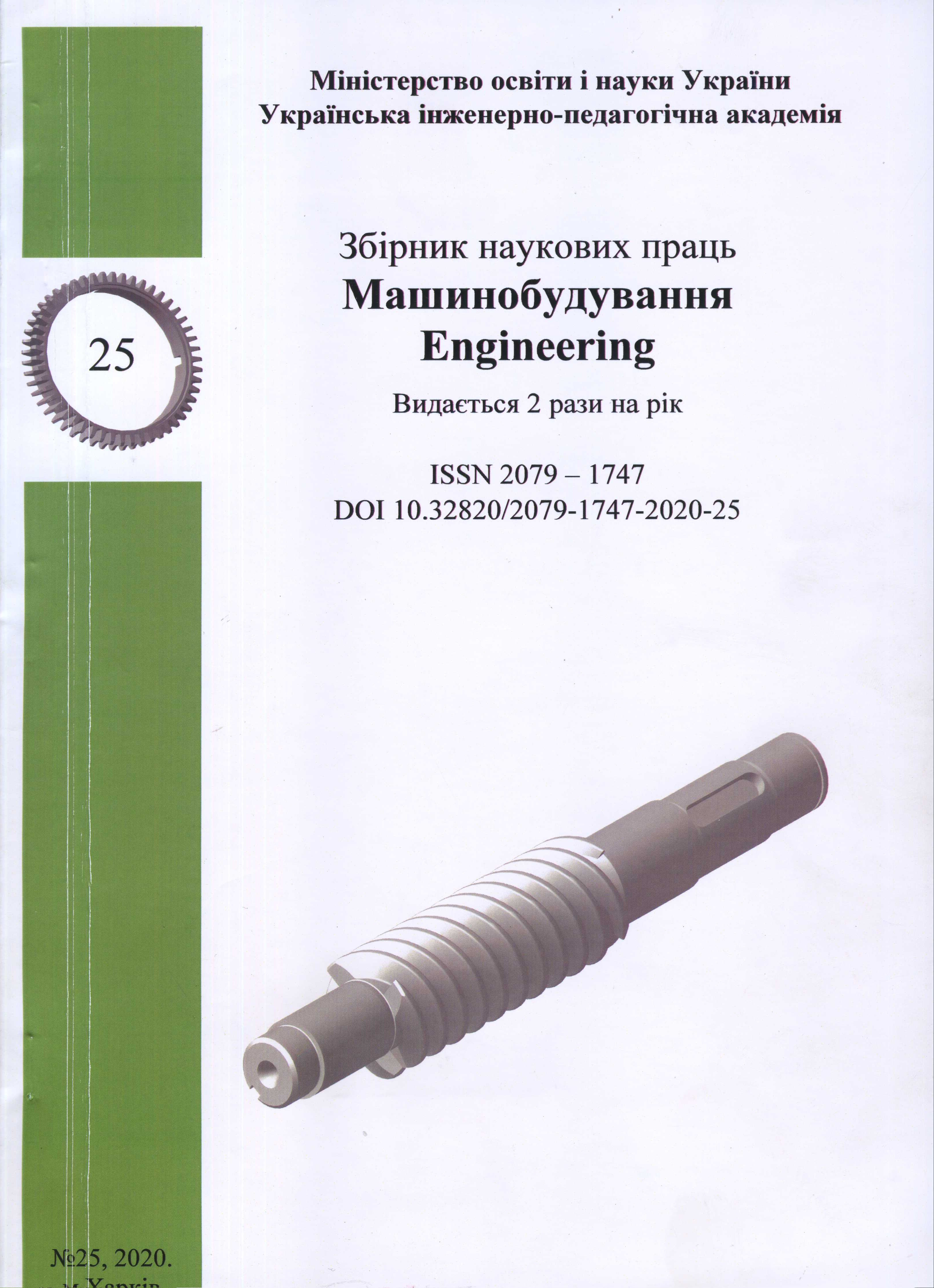Modeling and optimization of volume-surface electric induction hardening modes for cassette bearing rings
Abstract
DOI: https://doi.org/10.32820/2079-1747-2020-25-38-55
One of the last tendencies in modern machine engineering is application of innovative "closed" bearing units with increased service intervals and warranty period that correspond to the top requirements in regard to reliability and durability. To get high performance figures of such bearing units it is required to use modern technologies and advanced equipment during their production. Problems in development of mathematical model and numerical methods for calculation of physical and mechanical parameters of material of cassette bearing rings during and after electric induction hardening and optimization of its modes to provide required picture of hardening, residual stresses and austenite are considered in this paper. The obtained results can be used during creation of industrial technology and equipment for application during mass production of cassette bearings.
In the work, a mathematical multi-physical model is obtained, consisting of the interconnected equations of the Maxwell electromagnetic field and the Fourier heat equations with the corresponding boundary conditions, supplemented by relations modeling the transformation of the microstructure of steel from one state to another during heat treatment.
The mathematical model was verified on test problems, and also “tuned to bearing steel” (according to the results of solving test problems, the missing characteristics of steel were identified).
The research solved the problems of modeling one-step volumetric hardening of the inner ring and three-stage volumetric-surface hardening of the outer cassette bearing with optimization of hardening conditions based on the conditions for ensuring hardness on the surface 59<HRC<63 (with a layer depth s > 2 mm) and in the core of the workpiece - HRC<45 with a minimum of energy consumption.
Downloads
References
H.Liu. FEM Simulation of Induction Hardening Process. Master’s Degree Thesis, Blekinge Institute of Technology, Sweden, 2013, 63 p.
R.Luo. Simulation of induction quenching process and verification of finite element model. Transactions on Modelling and Simulation vol. 22, 1999. Pp. 651 – 659.
A.Zabett, S.Mohamadi Azghandi. Simulation of induction tempering process of carbon steel using final elements method. Materials & Design. V 36, April 2012, DOI: 10.1016/j.matdes.2011.10.052.
V.Lejay, J.Barlier, T.Fabro, A.Settefrati. FEM Simulation of induction hardening: from the generator behavior to the quenched microstructure prediction. Comparison of experiments vs simulations. Proceeding of 24th IFHTSE CONGRESS 2017 European Conference on Heat Treatment and Surface Engineering, pp.18-21.
V. Javaheri, J.-I. Asperheim, B. Grande, T. Nyo, D. Porter. Simulation and experimental studies of induction hardening behavior of a new medium-carbon, low-alloy wear resistance steel. Proceeding of International Symposium on Heating by Electromagnetic Sources (HSE-19), May 2019, pp. 1-6.
J. Yuan, J. Kang, Y. Rong, R.-D. Sisson. FEM Modeling of Induction Hardening Processes in Steel. Mechanical Engineering Faculty Publications, Worcester Polytechnic Institute, 2003, V. 12, pp 589-596.
F.Tucci, V.Esperto, F.Rubino, P.Carlone. Surface Induction Hardening of Steels: Process Modelling and Numerical Simulation. Key Materials V. 813, July 2019 pp 399 – 403.
D. Landek, F. Cajner, T. Filetin. Computer simulation of induction surface hardening axially symmetric workpieces. Journal de Physique IV France V. 120 (2004) pp 499-506.
М. Spezzapria. Multiphysical Finite Element Simulation of Contour Induction Hardening of Gears. University of Padova, April, 2016, 164 р.
Подшипник качения. Патент Украины на полезную модель № 66781.
Способ закалки колец пошипника качения и подшипника качения. Патент Украины на изобретение № 101440.
Способ закалки колец подшипника качения и пошипник качения. Патент Российской Федерации на изобретение № 2493269.


